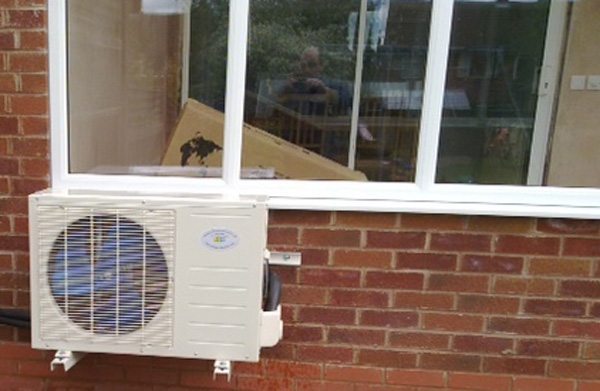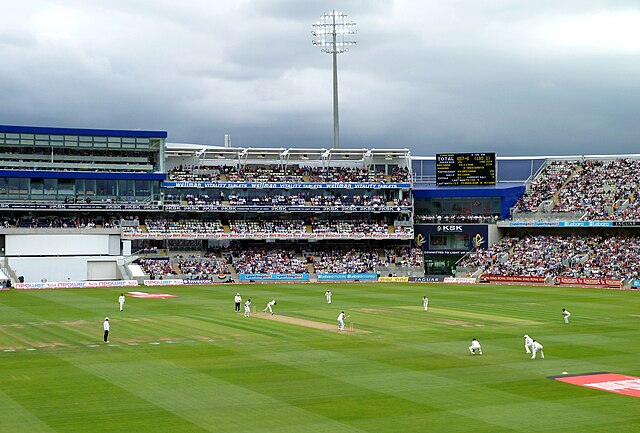
Reasons for hope in the green revolution – Part 2
After last week’s article when Midlands energy expert Ron Fox gave two reasons to be optimistic about the environment and the future this year he continues this week with two more positive green stories.
Big batteries bonanza: One recent success is how many large-scale battery farms are springing up all over the UK and how prices for storing electricity are tumbling.
Experts estimate that by the end of this decade there will be enough batteries in place to power 18 million homes across Great Britain.
“This mass deployment of storage could overcome one of the biggest obstacles to renewable energy,” said Midlands green expert Ron Fox. “That is the problem of over supply when the sun shines or the wind blows and a shortage of supply when the sun sets or the wind drops.”
He added: “At the moment fossil fuel plants kick in for a few hours a day when energy demands soar. But widespread energy storage in large-scale battery farms all over the country could be key to expanding the renewables market and speeding up the transition to a carbon-free power grid and making net zero achievable for electricity production.
“If you didn’t have this storage, you could only have a certain amount of renewable energy,” concluded Ron, of Noreus Ltd which is based at Keele University’s Science and Innovation Park.
To show their impact a battery farm in Buckinghamshire was completed recently in just ten months and is already one of the biggest in Europe and can power 300,000 homes for up to two hours.
In top gear: Sales of electric cars are booming, with some 18 per cent of new vehicles sold around the world in 2023 powered by batteries.
But Midlands green energy expert Ron Fox said high costs and worries about the range of an electric vehicle were real deterrents to potential buyers.
However, he said new technology could make electric vehicles (EVs) more cost effective.
It is called Vehicle2Grid or V2G and it’s essentially what’s needed to send and receive power from the car to the house and on to the national grid.
The vehicle-to-grid charging device works by absorbing electricity from the car battery and simply pushes it back to the grid, where it continues its journey to the nearest location where it’s needed.
The idea is that if drivers can charge the EV car battery when energy is cheap, then they can sell it back to the grid when it’s more expensive and make a profit.
And Ron said motorists could make even more profit if they were charging their car with energy from their own solar panels.
He said with cars spending 95 per cent of their time parked up, they are perfectly suited to the role of buying and selling energy.
This is critically important for the national grid which is in the process of adding more and more renewables like wind and solar, and needs somewhere to send that power to when it’s too windy or sunny.
For more advice on green energy contact Ron on 01782 756995.
Caption: In the fast lane – new technology could make electric vehicles (EVs) more cost effective, says Ron Fox.




